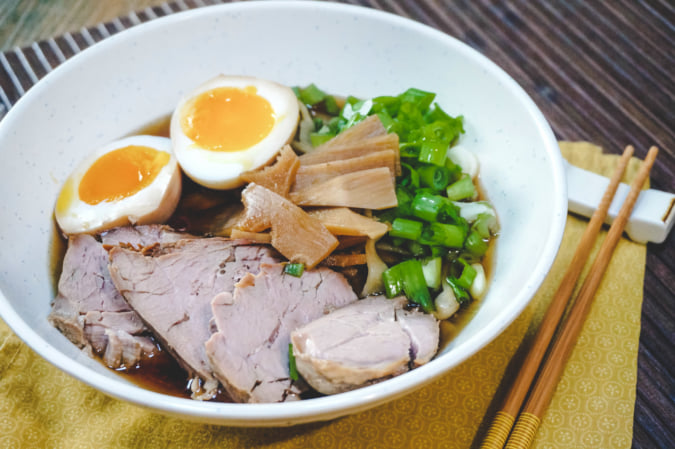Awaji Island, the Birthplace of Incense
Awaji Island, in the Seto Inland Sea, is where the tradition of incense was born, and continues to preserve this ancestral art.
View this post on Instagram
The home of Japanese fragrance, Awaji is the leading producer of Japanese incense. Its climate and westerly winds provide optimal drying conditions for the precious resin. Scented wood was discovered on the island in the 6th century. At the start of the reign of Empress Suiko in 595, a piece of ‘jimi’, or agarwood, washed up on one of its beaches. When burnt, the wood revealed its intoxicating scent. The island’s residents gave the wood to the empress as a gift. Since then, a small Shinto shrine dedicated to the fragrant wood has been nestled on a hill on the island and once a year, in July, Awaji’s residents celebrate the incense through a ritual.
Named kodo, the highly refined and codified incense ceremony aims to elevate the spirit, in order to achieve serenity. Also used for its purifying qualities, incense is an integral part of Shinto and Buddhist ceremonies. Samurais also used incense to perfume their armour and, according to legend, to summon courage and invincibility in combat.
View this post on Instagram
Since the development of the production of incense on the island in 1850, ‘koh-shi’, literally meaning ‘those who master fragrance’, have inherited the legend of Awaji incense and perpetuate this age-old artisanal practice. These incense masters perfectly execute every step of the incense production process, from adding scent to finishing, honouring the unchanging craft. Achieving the title of ‘koh-shi’ is subject to rigorous rules and regulations, and every piece of incense must be entirely created on Awaji Island, guaranteeing the highest quality standards.
The company HAKO, founded in 1893, is an example of an establishment that continues to perfect the art of incense. Its leaf-shaped incense paper burns evenly and gives off a subtle aroma that lasts up to three months. Elegant and modern, these sheets of paper smelling of lemon, agar wood and cinnamon are handmade individually by the master Kunjundo and his team of loyal ‘koh-shi’ to ensure that the tradition never dies out on Awaji Island.
View this post on Instagram
TRENDING
-
Ishiuchi Miyako, A Singular Perspective on Women
Recipient of the 2024 Women in Motion Award, the photographer creates intimate portraits of women through the objects they left behind.

-
Recipe for Ichiraku Ramen from ‘Naruto’ by Danielle Baghernejad
Taken from the popular manga with the character of the same name who loves ramen, this dish is named after the hero's favourite restaurant.

-
Namio Harukawa, Master of Japanese SM Art
'Garden of Domina' offers a dive into the world of an icon of ‘oshiri’, whose work has now reached a global audience.

-
The Tattoos that Marked the Criminals of the Edo Period
Traditional tattoos were strong signifiers; murderers had head tattoos, while theft might result in an arm tattoo.

-
The Emperor of Japanese Porn is Now the Star of a Netflix Series
Deliciously funny, The Naked Director especially succeeds in reviving the atmosphere that was so characteristic of 1980s Japan.





